Invented by Todd Siegel, Ron Rosenbaum, MTS Medication Technologies Inc
One of the key drivers of this market is the rising demand for personalized medicine. As healthcare becomes more patient-centric, there is a greater emphasis on tailoring treatment plans to individual needs. This requires precise medication management, including accurate dosing and timely administration. Systems and methods for storing and dispensing medication play a crucial role in ensuring that patients receive the right medication at the right time, thus enhancing the effectiveness of personalized medicine.
Another factor contributing to the growth of this market is the increasing adoption of electronic health records (EHRs) and telemedicine. EHRs provide healthcare providers with a comprehensive view of a patient’s medical history, including their medication regimen. By integrating medication storage and dispensing systems with EHRs, healthcare professionals can easily access and update medication information, reducing the risk of medication errors and improving coordination of care. Telemedicine, on the other hand, allows patients to receive medical consultations and prescriptions remotely. Systems and methods for storing and dispensing medication can facilitate the delivery of these prescriptions, ensuring that patients have easy access to their medications regardless of their location.
Furthermore, the COVID-19 pandemic has accelerated the adoption of telemedicine and remote healthcare solutions. As social distancing measures and lockdowns limited in-person visits to healthcare facilities, the demand for remote medication management solutions surged. Systems and methods for storing and dispensing medication enable healthcare providers to remotely monitor patients’ medication adherence and intervene if necessary. This not only reduces the risk of exposure to infectious diseases but also improves patient convenience and engagement in their own healthcare.
The market for systems and methods for storing and dispensing medication is highly competitive, with numerous companies offering a wide range of solutions. These solutions vary in terms of their features, such as automated dispensing, dose tracking, and connectivity with EHRs. Some systems are designed for individual use, while others are intended for use in healthcare facilities or assisted living facilities. The market also includes smart pill bottles, medication reminder apps, and robotic dispensing systems, among others.
In conclusion, the market for systems and methods for storing and dispensing medication is experiencing significant growth due to factors such as the increasing demand for personalized medicine, the adoption of EHRs and telemedicine, and the impact of the COVID-19 pandemic. As the healthcare industry continues to prioritize patient-centered care and remote healthcare delivery, the need for efficient and reliable medication management solutions will only continue to grow. Companies in this market have a great opportunity to innovate and develop new technologies that can improve medication adherence, reduce medication errors, and ultimately enhance patient outcomes.
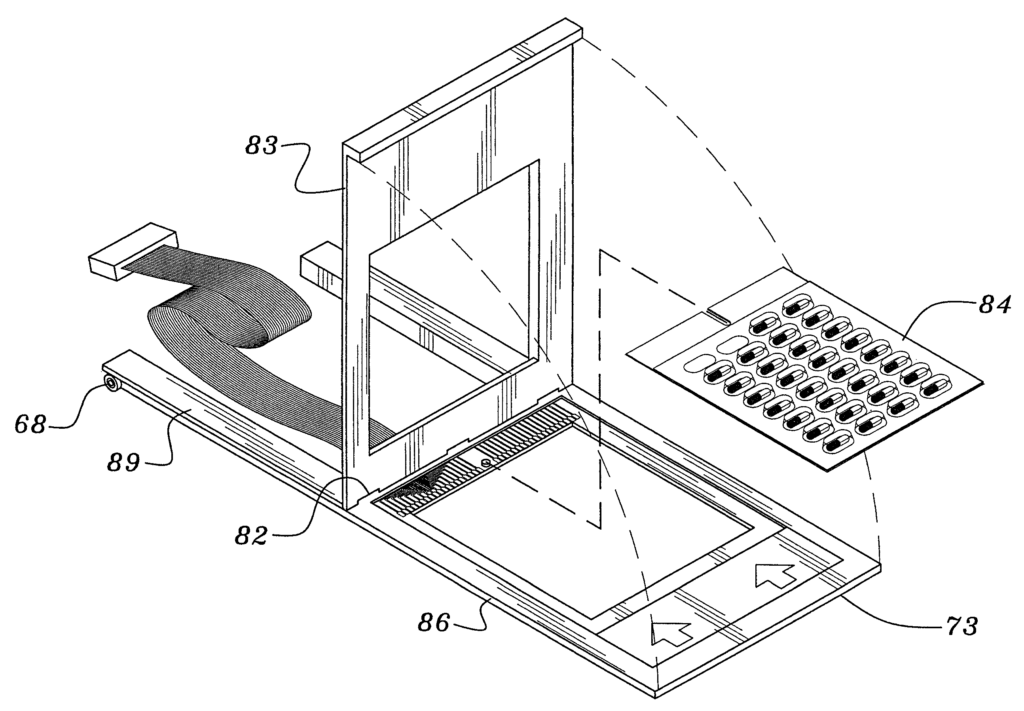
The MTS Medication Technologies Inc invention works as follows
A medication dispenser/storage unit consists of a processor that is connected to compartments for storing medication packages. Storage compartments may include a package of medication and, in some cases, also a reader for content, a reader for medication information, and an indicator. The processor receives the medication request from the system of medical information, and receives the content and medication from the storage compartments. It then processes the information, and opens the compartment automatically with the correct medication.
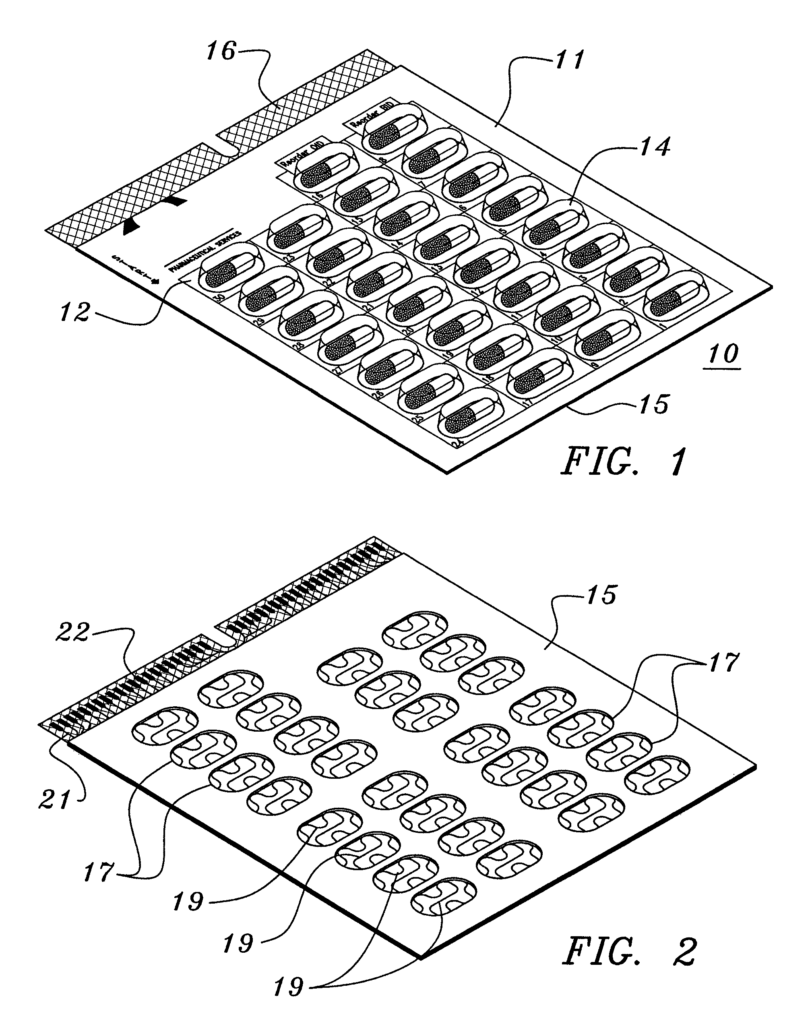
Background for Systems and Methods for Storing and Dispensing Medication
1. “1.
The present invention is a generalization of the field of dispenser systems for medication. The present invention relates to various systems and methods that can be used for storing and dispensing medications.
2. “2.
The present invention is directed at systems and methods that solve or reduce the impact on existing pharmaceutical and medicine dispenser systems.
A typical medication dispensing system includes a computer-controlled machine that stores, processes and packages medications for distribution. The computer processes a prescription from a patient, dispenses unpackaged medications into packages or containers, and then stores them. Packages can be designed to work with a variety of patients or contain only one product. These conventional solid pharmaceutical packaging devices offer many advantages to large pharmacies and pharmaceutical distribution centres, primarily because of their physical size.
The art is well-known for “Personal medications with individual packages that group medication based on administration time as well as multiple packages of individual medicines divided by dosage.” These systems are useful for distribution but still have many issues.
The conventional automated dispensing system is a resource-intensive device. Existing systems, for example, require sophisticated management software in order to track, retrieve, dispense and process the various medications. They are also often large and need dedicated space. These systems are expensive, inaccessible, or unsuitable for smaller facilities such as nursing homes and local pharmacies.
Many health care facilities use distribution pharmacies where employees process, inventory and distribute medication. It is not desirable because studies have shown human error to be a major factor in the incorrect distribution of medication. Incorrect medication administration can lead to mistreatment, serious health complications, and even death. Studies have shown that automated dispensing system use can reduce such problems. Automated dispensing system are used to store and make available prescription medication based on doctor’s orders.
Another weakness of the existing systems is their inefficiency in situations when several medications are required to be dispensing at scheduled times, and situations where medications have to be dispensing immediately. For example, in emergency rooms in hospitals or nursing homes where the medication for a patient has not been delivered. The operator of an automated dispensing device, which is typically located in a central location, receives requests from healthcare providers and other individuals. The operator will then process the medication and arrange for its transportation to the healthcare provider requesting it.
Large healthcare facilities use elevators or tubes of transport to reduce delivery times. The transport systems in smaller facilities, such as local pharmacies and nursing homes, are not so elaborate. As a result, medications are transported manually to multiple locations.
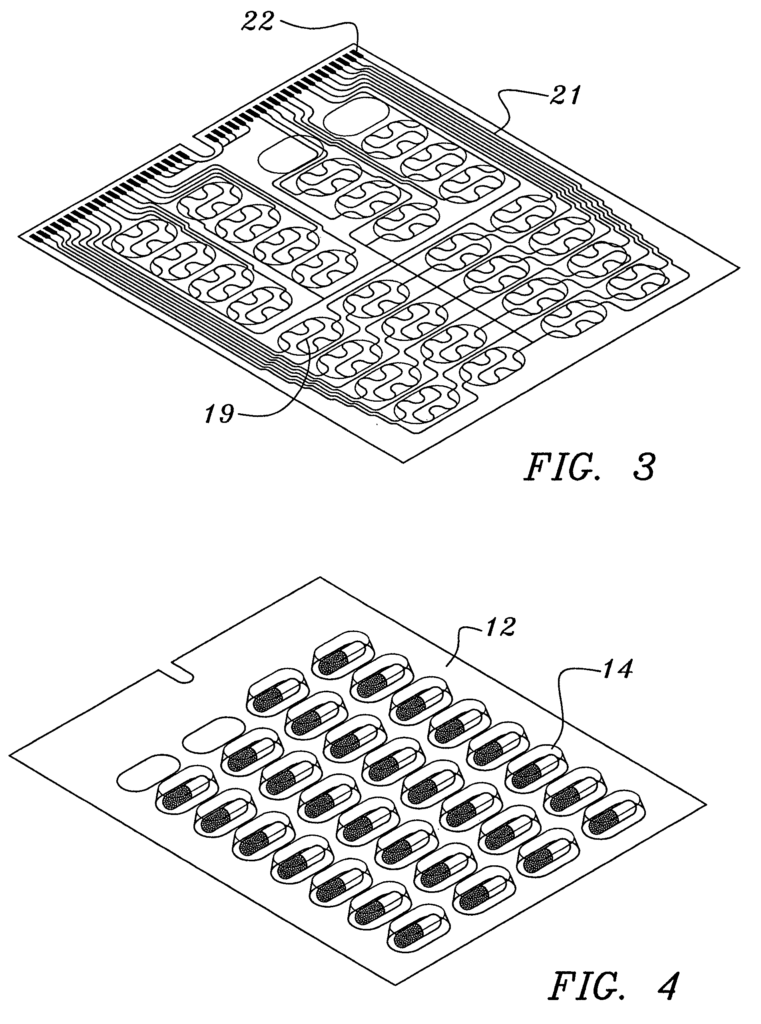
For example, all medication in nursing homes must be administered by a medication trolley that is pushed down and up the hall. The medications can be delayed during transport, resulting in incorrect administration. In nursing homes and hospitals, the administration of incorrect medications is a common occurrence. This is particularly dangerous in emergency situations when healthcare providers are required to evaluate patients immediately and administer treatment quickly to stabilize the patient’s condition.
In nursing homes, fishing tackle box are used to distribute controlled substances directly. The entire tackle box must be returned, once a pharmaceutical product is removed from the box. This allows the pharmacy to properly account for all the pharmaceutical products that were contained in the box.
The current distribution of controlled substances has many shortcomings, because of the high potential of theft and the insufficient inventory control.
Personalized packaging prepared at a distant location resolves some existing issues, but many remain. Even when the products have been packaged, problems still exist in terms of access and control. It is possible that a health worker could administer the wrong medication, even if it has been packaged in a personalized way. Moreover, the question of limiting access to medication is also important. It is an important issue when it comes to handling controlled substances. In healthcare facilities that personalize the packaging of pharmaceuticals, there is a problem with unused medications.
The present invention is a system and method that solves or at least reduces these problems with existing medication dispensing devices.
The present invention has as an object and benefit the provision of a system that stores and dispenses medications from a single storage/dispenser device.
The present invention also has the advantage of providing a system with an independent medical data system.
It is also an additional object and benefit of the present invention that a system can be used with any medical information unit in a medical system.
It is also an object and benefit of the present invention that a small system is provided.
It is another object and benefit of the present invention that it provides a system that can be easily transported.
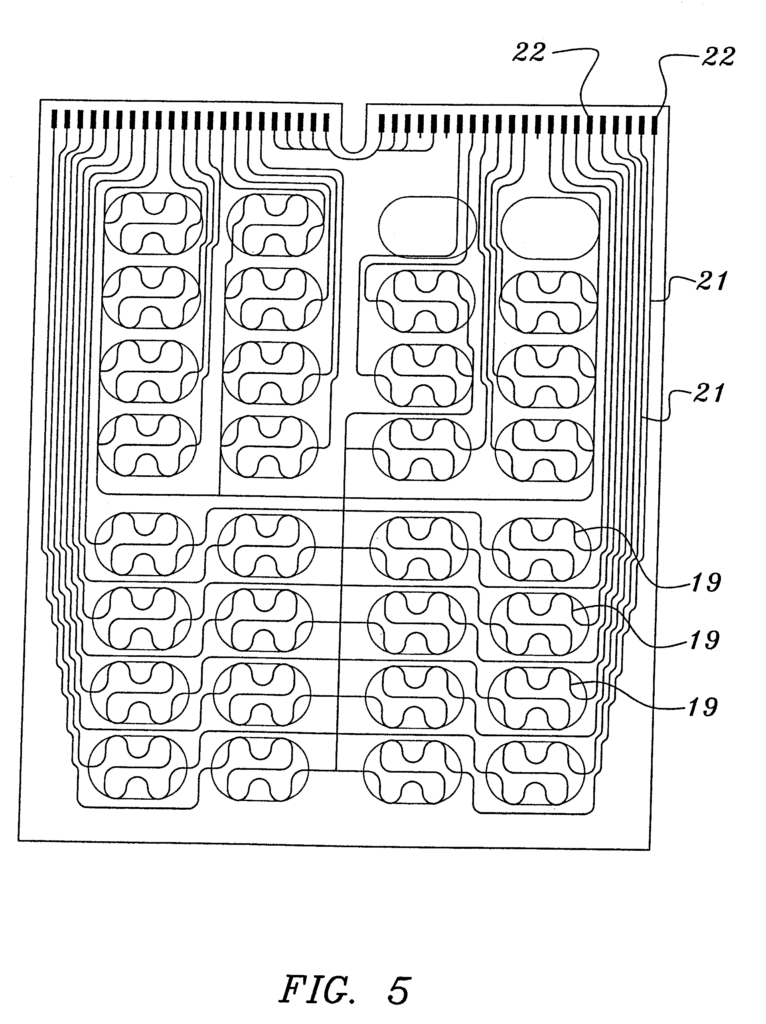
It is yet another objective and advantage of this invention that it provides a system that can be used by people without special expertise.
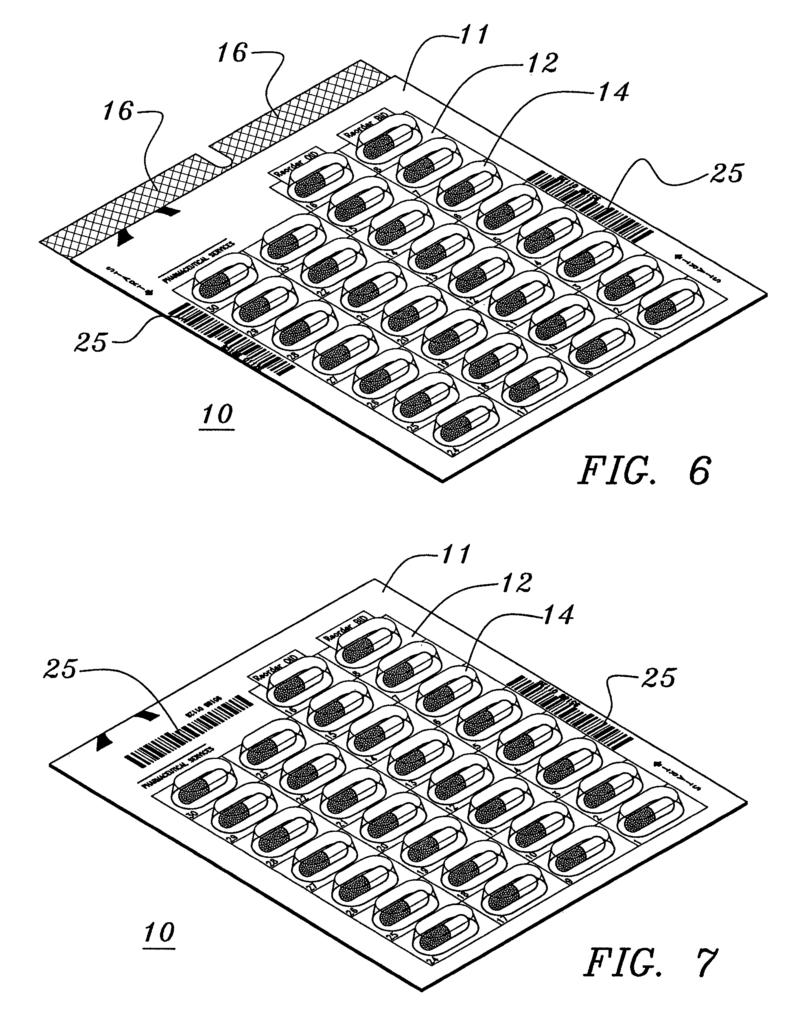
Click here to view the patent on Google Patents.
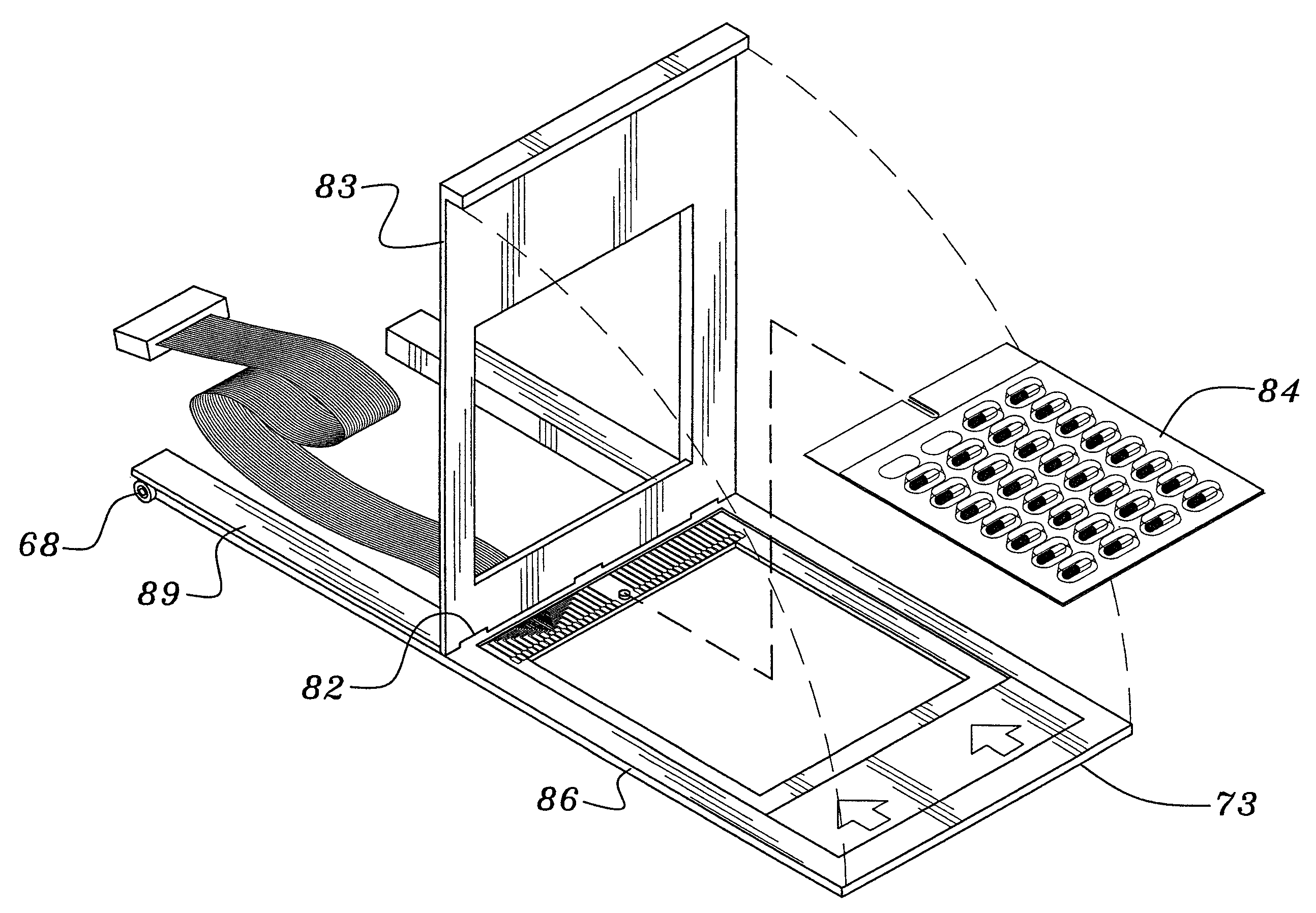
Leave a Reply